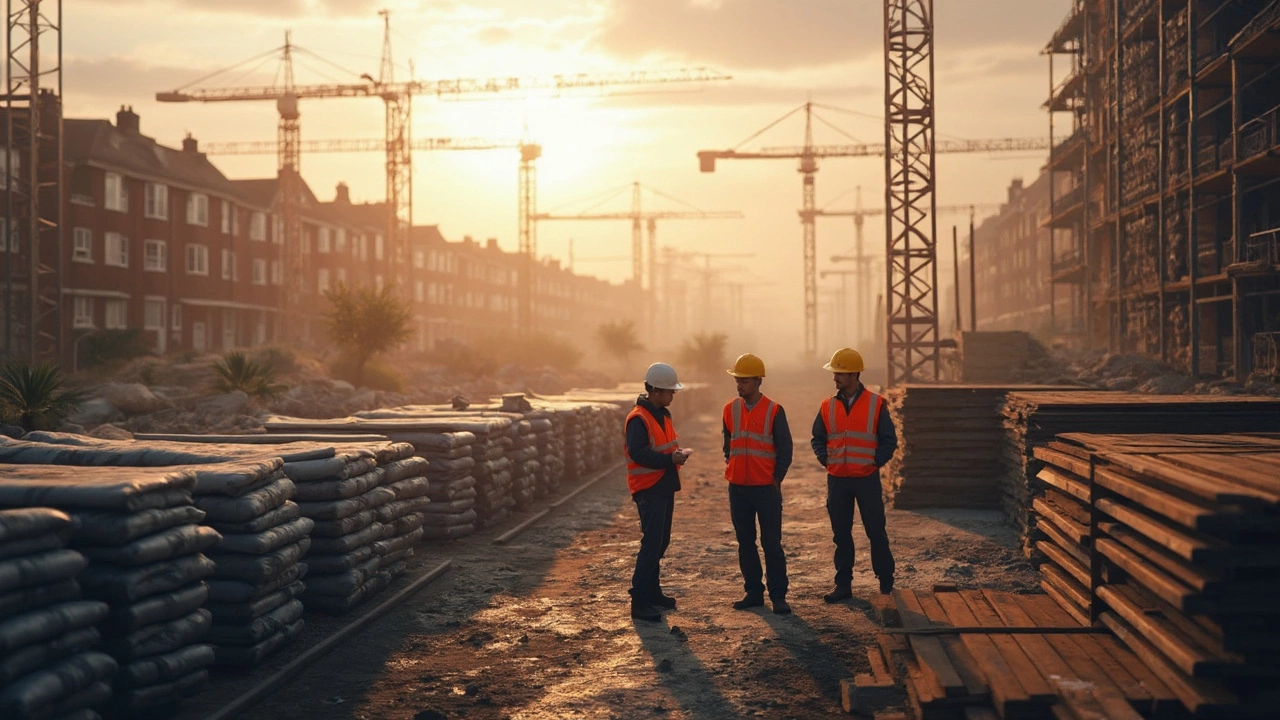Explore the main construction raw materials, including concrete, steel, and timber, with facts, tips, and practical uses for builders and DIY enthusiasts.
Construction Raw Materials: What Every Builder Needs to Know
If you’re starting a build, the first thing you’ll hear is “pick the right materials”. It sounds simple, but the choice can make or break a project. Raw materials are the backbone of any structure – they determine strength, cost, and how long the building will last. Below we break down the most common types, what they’re good for, and how to decide which one fits your job.
Common Types of Raw Materials
Most construction projects use a mix of stone, brick, concrete, steel, and newer composites. Stone is great for load‑bearing walls and gives a timeless look, but it’s heavy and pricey. Brick offers good fire resistance and easy handling; it’s perfect for residential walls and facades. Concrete is the workhorse – you can pour it, pre‑cast it, or use it for foundations, slabs, and columns. It’s cheap, strong, and works with many additives to improve durability.
When you need extra tensile strength, steel steps in. Rebar in concrete, steel beams, or steel frames give you the ability to span larger distances without sagging. Modern composites like fiber‑reinforced polymers are lighter than steel and don’t rust, so they’re ideal for high‑moisture areas or where weight matters.
Don’t forget timber. It’s still the go‑to for flooring, roofing, and decorative features. Treated timber resists rot, but it can be vulnerable to pests if not protected.
Choosing the Right Materials for Your Project
Start with the building’s purpose. A garage that holds cars needs a sturdy floor, so a concrete slab with a high‑strength mix is the safest bet. A home renovation might favor brick or stone for aesthetic reasons, but you’ll also need to match the existing structure’s load capacity.
Next, think about the environment. In wet climates, avoid materials that absorb water – use waterproof concrete mixes and rust‑proof steel. For coastal projects, pick corrosion‑resistant steel or composites to keep the structure from degrading quickly.
Budget plays a big role, too. Concrete and brick are usually the cheapest, while stone and high‑grade steel increase costs. However, the cheapest option can become expensive later if it needs early repair. Look at life‑cycle cost: a material that lasts 50 years with low maintenance may be cheaper overall than a cheap one that needs replacement in 10 years.
Finally, check local regulations. Many areas have building codes that dictate minimum strength, fire rating, or insulation values. Using approved raw materials not only keeps you legal but also speeds up the permit process.
Putting it all together, the best approach is to list the project’s key requirements – load, exposure, budget, and style – then match each requirement to a material’s strengths. Talk to your supplier, ask for data sheets, and don’t hesitate to request samples. Seeing and feeling a material before you commit can prevent costly mistakes.
Remember, raw materials are the foundation of any build. Picking the right ones early saves time, money, and headaches down the line. Use this guide as a starting point, and you’ll be on your way to a solid, lasting construction project.
